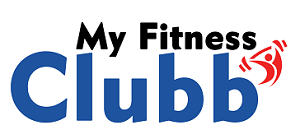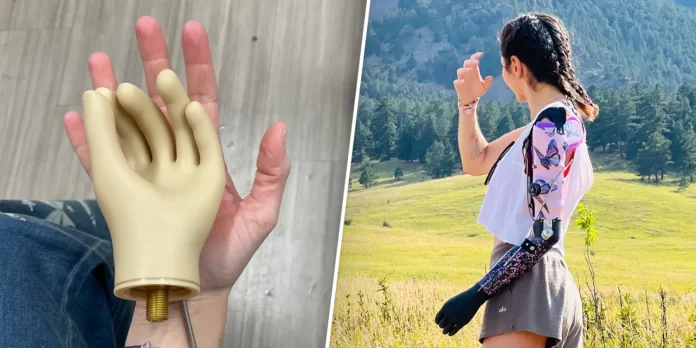Life after a below-elbow amputation presents unique challenges and adjustments for individuals. However, advancements in prosthetic technology offer new levels of functionality and independence. This comprehensive guide explores the range of prosthetic arm options available for those who have experienced a below-elbow (transradial) amputation. It delves into the technological innovations in prosthetics, such as myoelectric arms, and discusses the process of adapting to life with a prosthetic limb.
Prosthetic Arm Options
Conventional Prosthetics
Conventional or body-powered prosthetics use harnesses and cables to control a hand or hook. These devices are durable, relatively lightweight, and can provide significant functionality for daily activities.
Myoelectric Prosthetics
Myoelectric prosthetic arms represent a significant advancement in prosthetic technology. These devices use electrical signals from the user’s remaining muscles to control the movements of the prosthetic hand or elbow. Key features include:
- Increased Precision: Allowing for more natural and precise movements.
- Enhanced Grip Strength: Myoelectric hands can adjust grip strength, making it easier to hold objects without dropping or crushing them.
- Cosmetic Options: Many myoelectric prosthetics are designed to closely resemble a natural limb in appearance.
Hybrid Prosthetics
Hybrid systems combine the best features of body-powered and myoelectric prosthetics, offering versatility and improved functionality for specific tasks.
Technological Innovations in Transradial Prosthetics
Recent advancements in prosthetic technology have focused on improving the functionality, comfort, and aesthetic appeal of prosthetic arms. Innovations include:
- 3D Printing: Custom-fitted prosthetics made using 3D printing technology offer a perfect fit and personalized design options.
- Touch Sensation: Emerging technologies aim to restore a sense of touch by integrating sensors in prosthetic fingers that communicate with the user’s nervous system.
- Robotic Prosthetics: Advanced robotics are being incorporated into prosthetic designs, offering greater movement capabilities and lifelike function.
Adapting to Life with a Prosthetic Limb
Adjusting to life after amputation and learning to use a prosthetic arm is a journey that involves both physical and emotional adaptation. Key aspects of this process include:
- Rehabilitation: Working with physical and occupational therapists to learn how to use the prosthetic limb effectively.
- Personalization: Customizing the prosthetic to fit the individual’s lifestyle, aesthetic preferences, and functional needs.
- Support: Joining support groups and connecting with others who have experienced similar challenges can provide valuable insights and encouragement.
For individuals navigating life after a below-elbow amputation, Prime Care Prosthetics offers a comprehensive range of solutions tailored to meet their needs. With a focus on the latest amputation below elbow technologies, Prime Care Prosthetics aims to enhance the quality of life for amputees through innovative prosthetic arms that restore functionality and independence.
Embracing a prosthetic limb can dramatically improve the quality of life for individuals who have experienced a below-elbow amputation. With the right prosthetic solution and support, it is possible to overcome the challenges of amputation and lead a fulfilling, active life.









